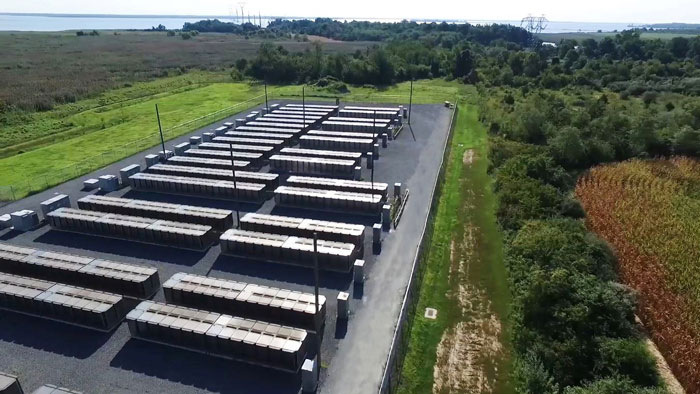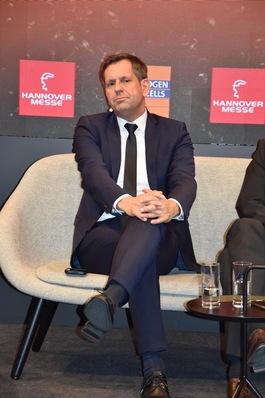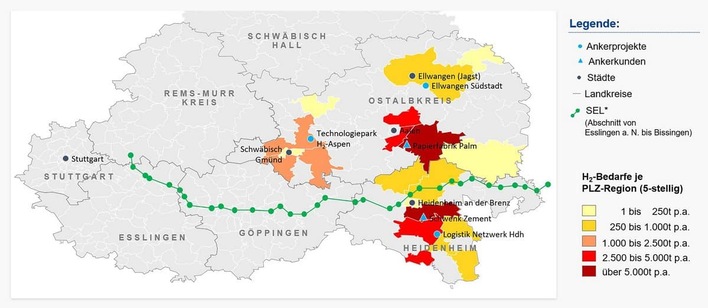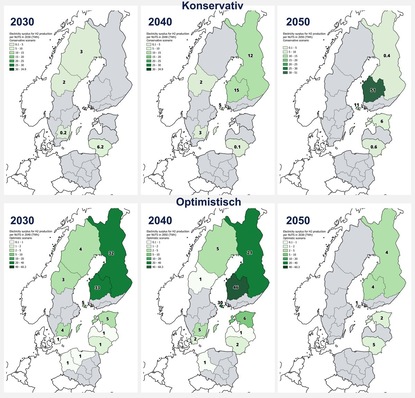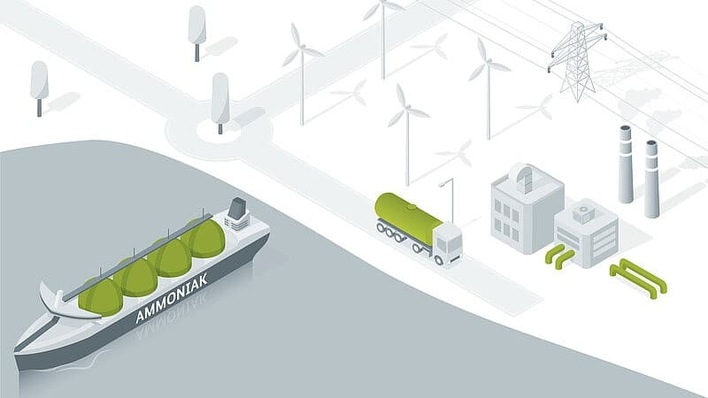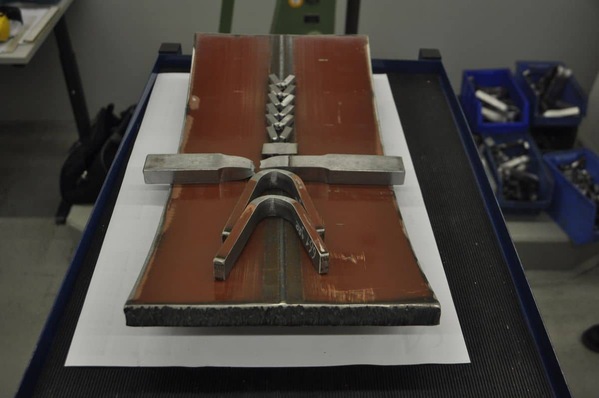More is unimaginable, looking at the share price development of the past weeks for Bloom Energy: from 16 USD to over 31 USD, corresponding to a near doubling. The price decline that then occurred was the fault of a type of arbitrage, as Bloom had announced a capital increase at short notice and issued 14.95 million new shares at 26 USD, so traders were able to sell short at over 30 USD and stock up again at 26 USD – a common strategy that explains the recent fall in price.
But the outlook is favorable. The reason is the prospects given by the figures published for the second quarter: Bloom is maintaining a turnover of over 1.1 billion USD for the entire year as well as the targeted growth (30 to 35 percent over the next ten years) and profitability.
The climate plan within the framework of the already passed Inflation Reduction Act is highly instrumental in this. Bloom is benefitting, according to its own calculation, nine ways from the planned subsidy programs of the Biden administration. Specifically:
- Tax credit and/or grant for H2 production of 0.60 to 3 USD per kg
- Sales potential of the Energy Server strongly rises
- Waste-to-energy segment gets a push to promote biogas applications
- E-mobility subsidy programs create potential for home/company on-site charging solutions
- Micro-grid deployment receives boost from tax incentive programs (energy security)
- Carbon capture tax credits make FC power plants more attractive
- Tax credit for production facilities in the USA (Manufacturing Tax Credit)
- Subsidy program for regenerative energies
- Financing programs for many projects of Bloom’s (direct pay and transferability)
Furthermore, news has reached us that a test program with the Idaho National Laboratory of the DOE (Department of Energy) was very successful and has given proof that the high-temperature fuel cells from Bloom yield 30 percent higher performance than PEM and alkaline electrolyzers. The project involved the use of surplus electricity from a nuclear power plant to produce CO2-free hydrogen from this electricity. For this, Bloom also worked with Westinghouse. It can be assumed that results from these test series will be implemented commercially on a large scale. Westinghouse is technologically involved in over 50 percent of all nuclear power plants.
Independent energy supply via Bloom Energy Server
PHOTO - Utility.jpg
Source: Bloom
The increasing demand globally for energy generated CO2-free is giving wings to all aspects of Bloom’s business model. It’s about energy security and issues like sustainability. For the pilot project of a dairy farm of CalBio, Bloom received the U.S. Dairy Sustainability Award. Manure and dung from cows serve as the basis for the production of biogas, which is then used in fuel cells and equally as an energy supply source for battery-electric vehicles – all in one. Follow-up projects can emerge from this pilot worldwide.
Bloom sees itself on its best path to offering alternatives in energy production. Also energy security through FC power plants as micro-grids that are not connected to the public grid belongs to the future that many companies, as well as customers such as hospitals and data centers, are counting on. Bloom offers technological solutions. The electrolysis capacity is to reach 2.5 GW by the end of 2023 – an enormous leap for hydrogen.
Figures for the second quarter
Turnover in the second quarter amounted to 243 million USD, which was within the range of expectation. The non-GAAP loss lay at 118.8 million USD, which included, among other things, a depreciation of over 40 million USD. Per share, a minus of 0.20 USD non-GAAP and of 0.67 USD GAAP. And 1 GW of new annual energy output has been installed with the recent opening of the production facility in Fremont, California. There, 400 new employment positions will be created.
With the introduction of the new generation of Energy Servers, the operating profit margin will move, which currently lies at 20 percent (target: 24 percent non-GAAP gross margin). The turnover for the entire year is to rise to over 1.1 billion USD. Which means that the two quarters of the second half will see very high growth.
Motley Fool about Bloom
The US stock exchange service Motley Fool has named two companies that are expected to have above-average growth, in terms of stock price performance as well. Bloom Energy is one of them. Many arguments you’re already sufficiently familiar with.
The meaning is: You indeed have to go through thick and thin and keep calm, but at the end of the day, the investment pays off. Just look at the trends of the future, and commit to companies that have a leading technological role there and have a growth plan for good positioning in this new market. Bloom has acknowledged the signs of the times with its SOFC fuel cell systems and electrolyzers. With these, clean energy can be gotten – whether via natural gas, biogas or hydrogen. In addition, Bloom also possesses electrolysis knowhow and will itself be producing green hydrogen.
By 2026, Bloom wants to already be making 2.5 to 3 billion USD from sales. And by 2030, it is to be already 8 to 10 billion USD from FC systems alone. A global market on the order of 1.4 trillion USD. Furthermore, 7 to 10 billion USD more is to come through electrolysis, carbon capture technology and maritime applications – with an annual growth of altogether 30 to 35 percent. The gross profit margin Bloom sees at 30 percent and net profit margin at 15 percent.
“In all its businesses, Bloom Energy has a long growth runway. The company’s focus on growth, while keeping costs in check, bodes well for its long-term success, as well as the price of its stock.”
Motley Fool
MSC meanwhile plans to commission two cruise ships with hydrogen fuel cells. Investment sum: 3.5 billion USD. Maybe Bloom’s involved? Soon, Bloom is also building an FC power plant of 1 MW for luxury auto manufacturer Ferrari.
Summary
Bloom is well on the way to achieving the high targets it has set itself. Bloom has several big fantasies, which can be traced back to the technological successes of the company. It addresses the right markets and is receiving major support in many new markets from the Inflation Reduction Act. Major customer and shareholder SK ecoplant now needs to send the second tranche in the amount of 250 million USD out of the total investment of over 550 million USD.
Verdict: Any major dip as a result of profit-taking should be used for additional purchases, since the sustained goal of long-term high growth of 30 percent p. a. will also be reflected in the performance of the share price. Special developments might also come through big orders. My goal: 100 USD three years from now, 50 USD in 2023.
Disclaimer
Each investor must always be aware of their own risk when investing in shares and should consider a sensible risk diversification. The FC companies and shares mentioned here are small and mid cap, i.e. they are not standard stocks and their volatility is also much higher. This report is not meant to be viewed as purchase recommendations, and the author holds no liability for your actions. All information is based on publicly available sources and, as far as assessment is concerned, represents exclusively the personal opinion of the author, who focuses on medium- and long-term valuation and not on short-term profit. The author may be in possession of the shares presented here.
Author: Sven Jösting, written August 30th, 2022


